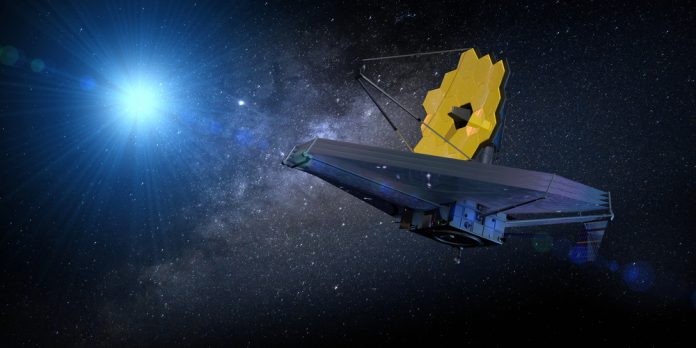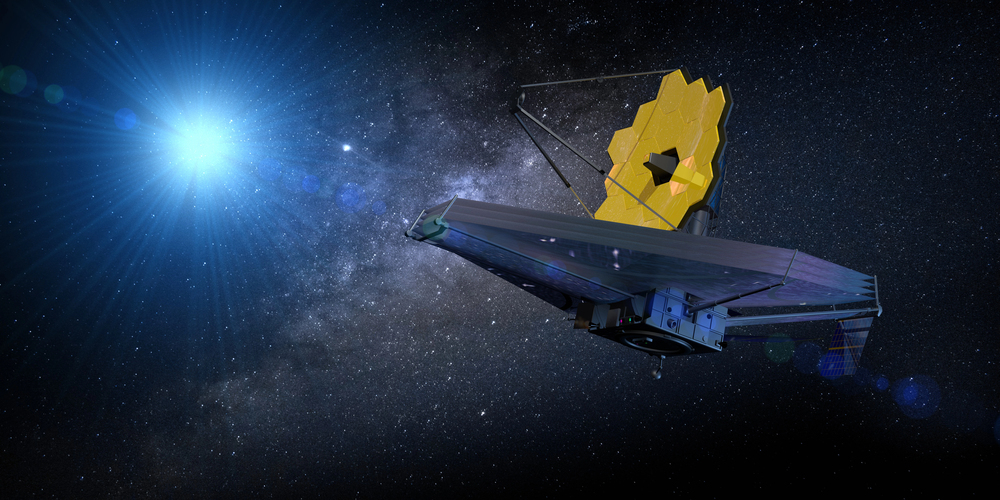
Is the James Webb Space Telescope the nearest thing humans have to a time machine? With every breathtaking photo, it appears to strip away layers of cosmic history, showing us the universe billions of years ago. The sheer scale and specificity of its findings haven’t just rewritten what is achievable in astronomy, but have set ablaze new hopes for the next generation of space telescopes.
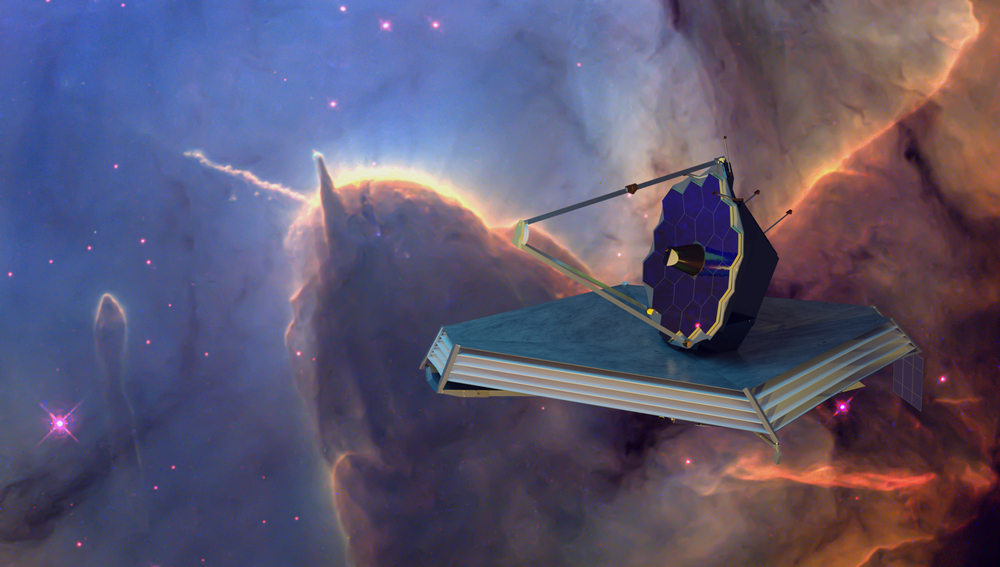
Since its initial pictures amazed the world, the James Webb Space Telescope (JWST) has provided a collection of cosmic marvels: star formations, galaxy mergers, and nebulae colored in hues never before imagined. But while these pictures amaze the public and inspire wonder, astronomers are already planning for even more majestic tools and profound secrets. What follows is a handpicked tour of the most stunning JWST images and a glimpse at the groundbreaking missions set to further broaden our perspective of the universe.
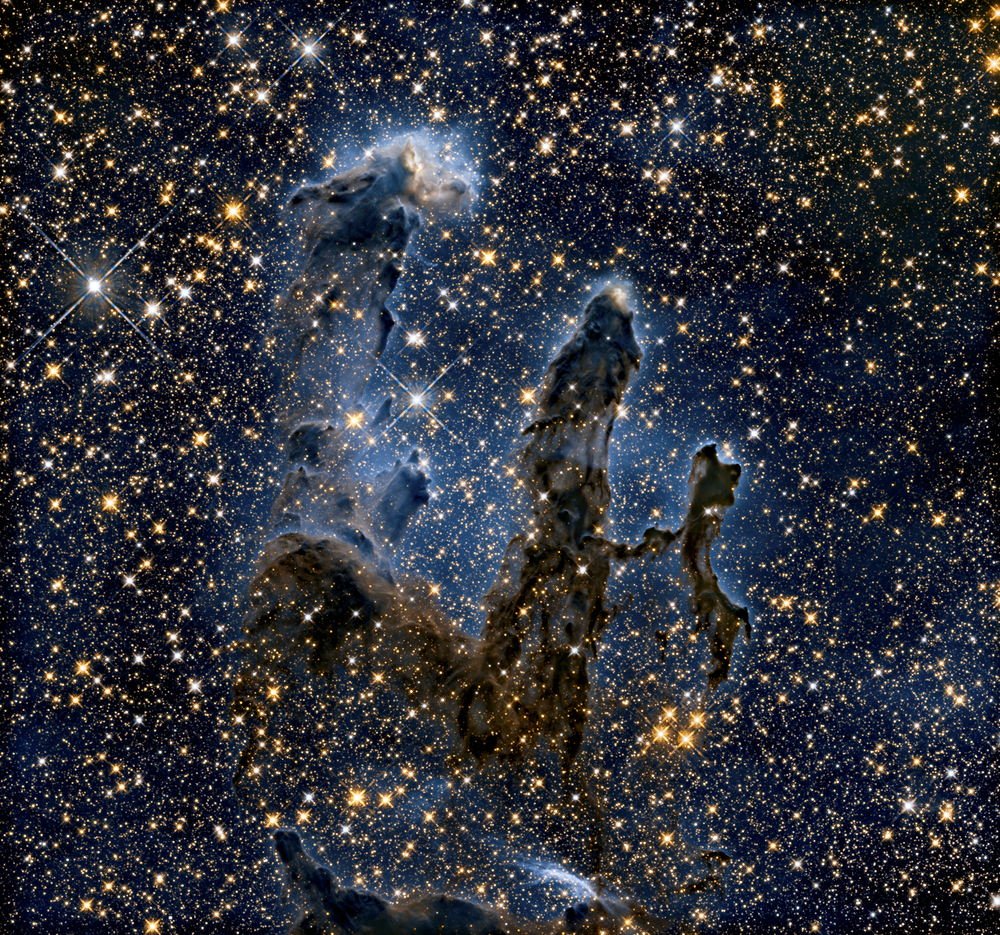
1. The Pillars of Creation: A New Perspective on Stellar Birth
Few cosmic landscapes have stirred the public imagination as much as the Pillars of Creation. Located in the Eagle Nebula, about 7,000 light-years from Earth, these towering columns of interstellar gas and dust are the birthplace of new stars. The JWST, in concert with the Chandra X-ray Observatory, delivered an image of the Pillars that reveals previously hidden details, highlighting the dynamic interplay of gravity and radiation. Together, infrared and X-ray data reveal not only the dense areas where stars are being born, but also the energetic outflows that are shaping the pillars themselves. NASA’s Goddard Space Flight Center says that this team has created “an incredibly beautiful piece of art called the Pillars of Creation.”
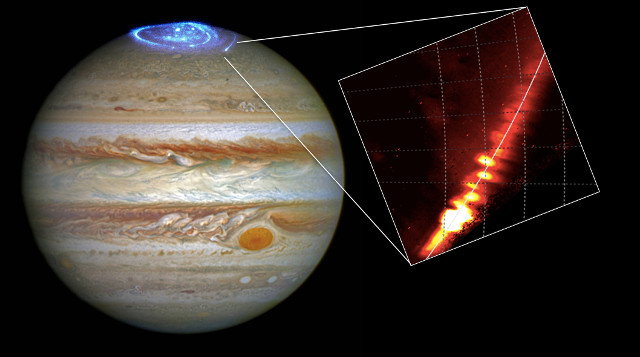
2. Jupiter’s Auroras: A Giant’s Light Show
Jupiter’s auroras, many times brighter than Earth’s northern lights, are fueled by the planet’s huge magnetic field and the volcanic outbursts of its moon Io. JWST’s pictures have revealed these spectacular shows in record detail, displaying how charged particles from the Sun and Io play with Jupiter’s atmosphere. Jonathan Nichols of the University of Leicester explained, “Jupiter’s much more powerful magnetic field also captures additional particles from Io, its volcanic moon, and makes the auroras on the planet even more spectacular.” These observations are not only breathtakingly beautiful they yield vital information about gas giant planets’ complex magnetic environments, which could guide future research on exoplanets with similar characteristics.

3. The Southern Ring Nebula: The Drama of Stellar Death
The Southern Ring Nebula, or NGC 3132, was one of the first objects targeted by JWST’s first images. Located approximately 2,000 light-years away, the planetary nebula is the remains of a star that has exhausted its fuel and shed its outer layers, leaving a shell of glowing gas. The JWST’s infrared vision has picked up on detailed structures within the nebula, such as a center estimated to reach 180,000°F (100,000°C). These findings allow astronomers to study the life cycles of stars and the processes that enrich the interstellar medium with heavy elements ingredients that will feed future generations of stars and planets.
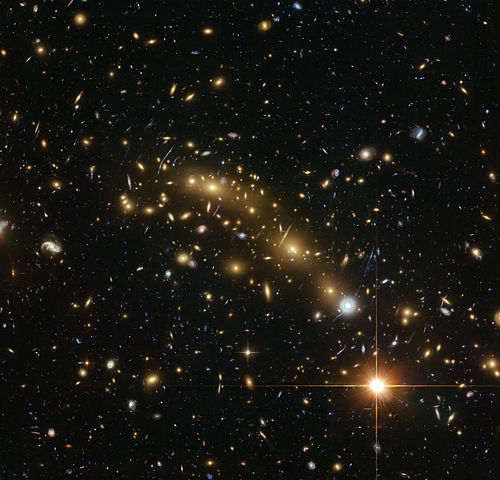
4. Galactic Mosaics: The Power of Combined Observatories
Some of the most breathtaking JWST images are the result of collaborations involving other telescopes. The joint observations of JWST, Hubble, and Chandra have created composite images of galaxy clusters such as MACS J0416, providing a wide-angle view of the universe’s large-scale structure. Not only do these mosaics astonish the eye but also present astronomers with a goldmine of information on galaxy evolution, dark matter, and gravitational lensing. As Marco Sirianni of the European Space Agency described, the soon-to-launch Nancy Grace Roman Space Telescope will extend this strategy even further, gathering “a more panoramic view of the universe and to permit more statistical studies.”
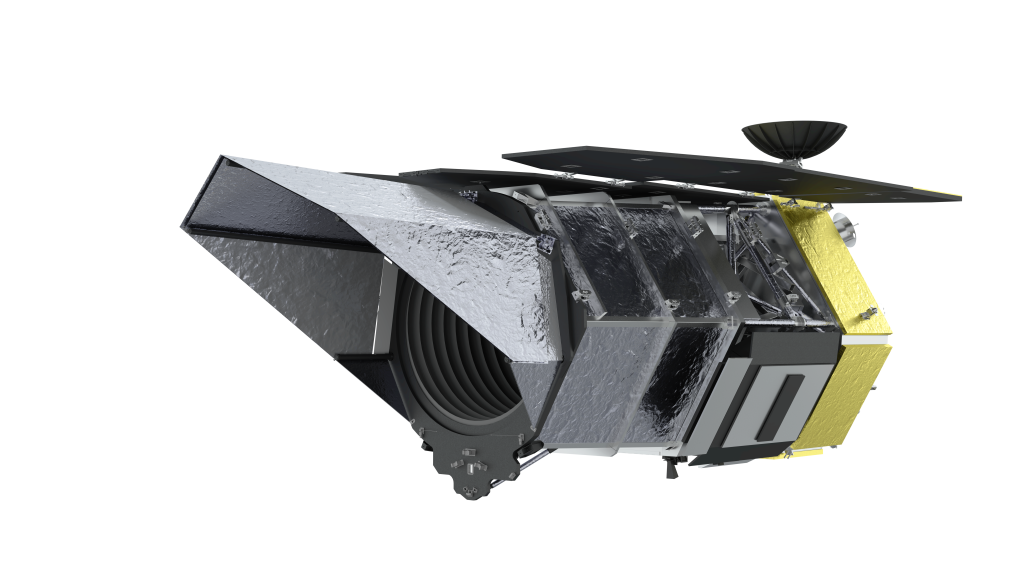
5. The Next Wave: Roman, LUVOIR, and the Future of Space Telescopes
Even as JWST continues to amaze, astronomers already look to the next breakthrough. The Nancy Grace Roman Space Telescope, launching by 2027, will map billions of galaxies, charting the expansion of the universe and investigating the properties of dark energy. Its broad field of view will enable “a very good census of how many stars will have exoplanets,” Sirianni says. Looking further ahead, the proposed Large Ultraviolet/Optical/Infrared Surveyor (LUVOIR) could dwarf even JWST, with a mirror over 15 meters in diameter, enabling the search for biosignatures on distant worlds.

Nobel Prize winner John Mather sees a future when “ground-based behemoths will even work in conjunction with space observatories in what Mather refers to as ‘hybrid space-ground’ configurations” (hybrid space-ground astronomy), perhaps combining telescopes in orbit and opening new doors to cosmic exploration.

6. Dark Energy, Exoplanets, and the Cosmic Dark Ages: Mysteries Remain Unsolved
The legacy of the JWST is not in the pictures it has taken but in the questions it has posed. Missions such as Roman and the Laser Interferometer Space Antenna (LISA) will address enigmas such as the nature of dark energy, the creation of the first galaxies, and the observation of gravitational waves from merging black holes. The Dark Ages Radio Explorer (DARE) will explore the universe’s first few hundred million years, a time before the first stars formed. With each new observatory going into operation, the canvas of human knowledge will become increasingly vibrant, holding out promise of findings at present impossible to conceive.
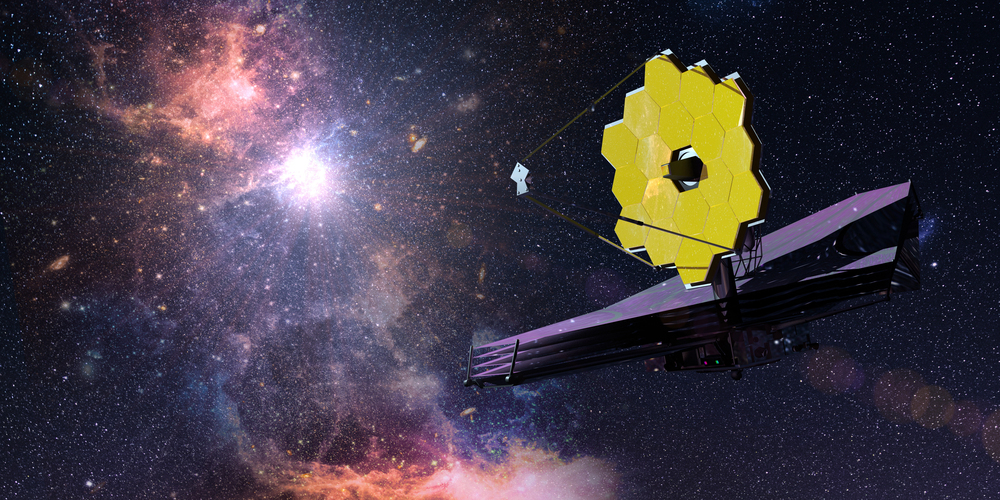
James Webb Space Telescope ushered in a new astronomical era, its photos inspiring and humbling. But as these cosmic works of art remind us of the universe’s majesty, they also provide the jumping-off point for the next generation of exploration. With every new mission, astronomers move one step further toward answering the deepest questions about our beginning, our existence in the cosmos, and the mysteries that remain undisclosed among the stars.
